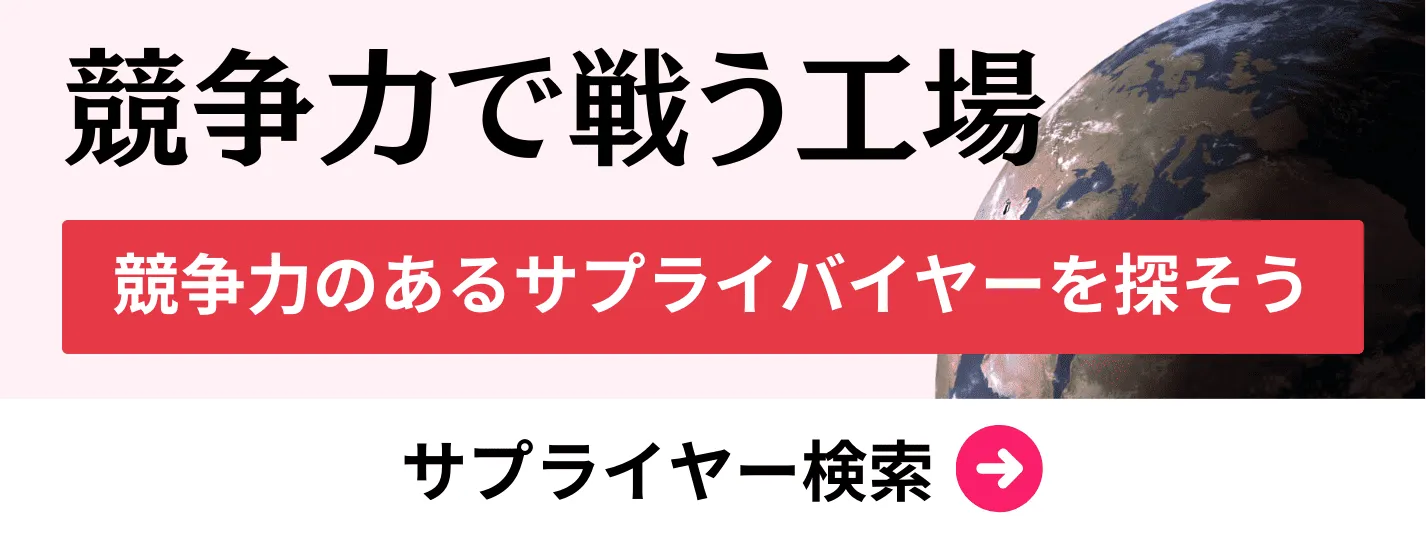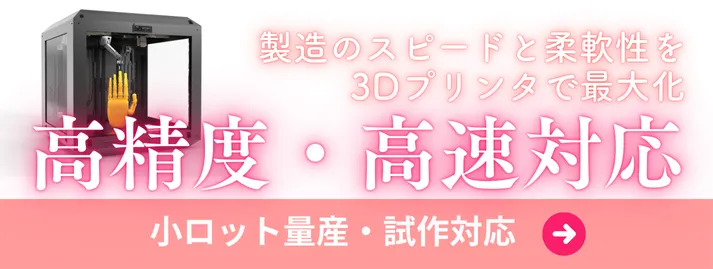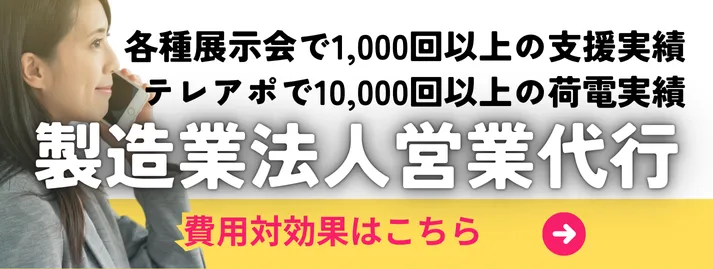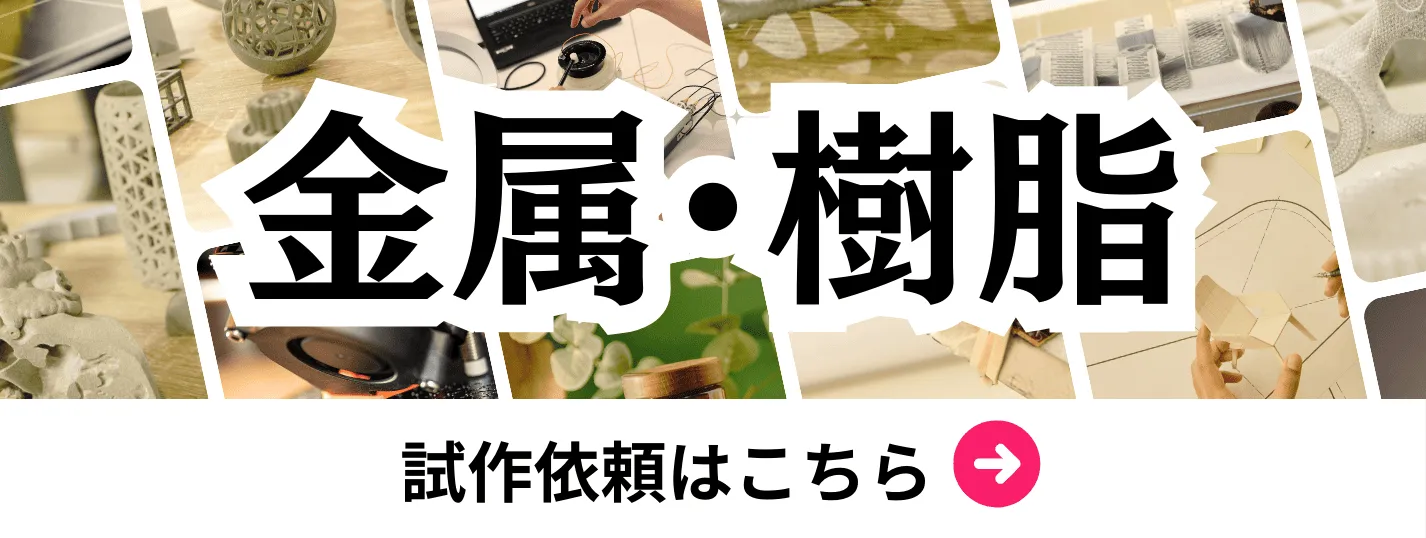- お役立ち記事
- Revolutionizing Construction: Unveiling Japan’s Innovative Phase-Change Plaster
月間76,176名の
製造業ご担当者様が閲覧しています*
*2025年3月31日現在のGoogle Analyticsのデータより
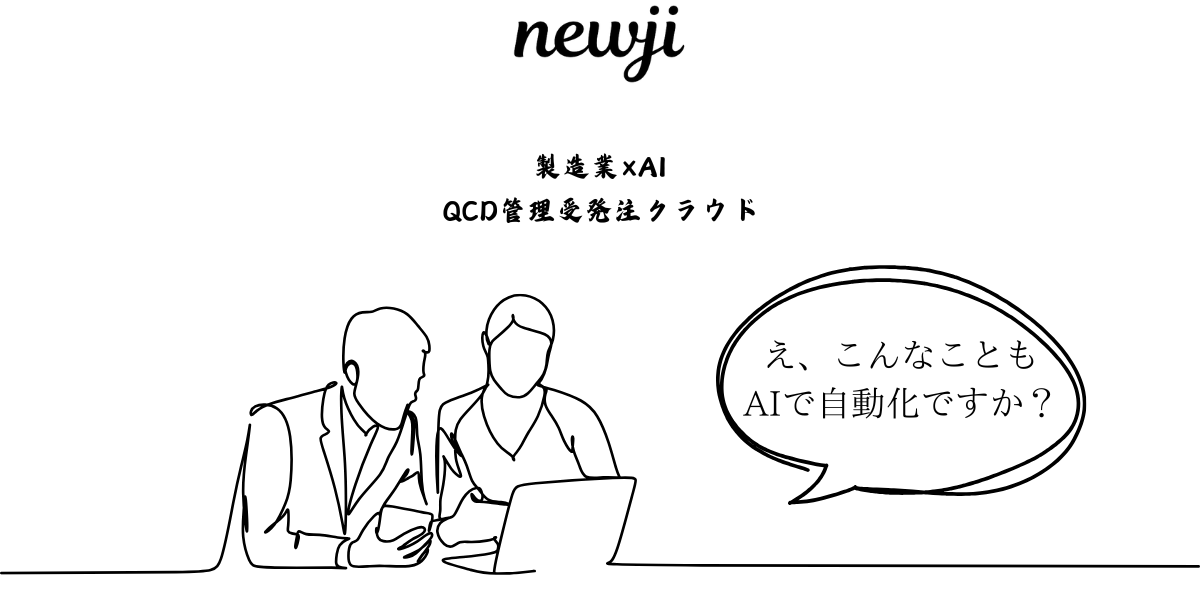
Revolutionizing Construction: Unveiling Japan’s Innovative Phase-Change Plaster

目次
Introduction
The construction industry is constantly evolving, driven by the need for more sustainable, efficient, and innovative building materials. One such advancement gaining attention is Japan’s innovative phase-change plaster. This material promises to revolutionize construction by enhancing thermal regulation, improving energy efficiency, and contributing to sustainable building practices. In this article, we delve into the intricacies of phase-change plaster, exploring its advantages and disadvantages, procurement strategies, supplier negotiation techniques, market conditions, and best practices for implementation from a procurement and purchasing perspective.
Understanding Phase-Change Plaster
What is Phase-Change Plaster?
Phase-change plaster is a specialized building material that incorporates phase-change materials (PCMs) into traditional plaster. These PCMs have the unique ability to absorb, store, and release thermal energy during phase transitions, typically between solid and liquid states. By integrating PCMs into plaster, the material can actively regulate indoor temperatures, enhancing the comfort of building occupants while reducing the reliance on heating and cooling systems.
How It Works in Construction
In construction, phase-change plaster is applied as a finishing layer on walls and ceilings. During periods of high thermal energy, the PCMs absorb excess heat, melting in the process. Conversely, when temperatures drop, the stored thermal energy is released as the PCMs solidify. This cyclical process helps maintain a stable indoor temperature, mitigating temperature fluctuations and contributing to a more energy-efficient building environment.
Advantages of Japan’s Phase-Change Plaster
Thermal Regulation
One of the primary advantages of phase-change plaster is its ability to regulate indoor temperatures effectively. By absorbing excess heat during the day and releasing it at night, the plaster maintains a consistent thermal environment. This reduces the need for continuous heating and cooling, enhancing overall comfort for occupants.
Energy Efficiency
Phase-change plaster contributes significantly to energy efficiency in buildings. By stabilizing indoor temperatures, it reduces the demand for mechanical heating and cooling systems. This not only lowers energy consumption but also decreases utility costs, making it an attractive option for both residential and commercial construction projects.
Durability and Longevity
Japanese phase-change plaster is engineered for durability and longevity. The integration of high-quality PCMs ensures that the plaster can withstand repeated thermal cycling without degradation. This resilience extends the lifespan of the plaster, reducing the need for frequent maintenance or replacement.
Sustainability Considerations
Sustainability is a key focus in modern construction, and phase-change plaster aligns with this objective. The material’s ability to enhance energy efficiency contributes to lower carbon emissions associated with building operations. Additionally, many PCMs used in these plasters are derived from sustainable sources, further minimizing the environmental impact.
Disadvantages and Challenges
Cost Implications
While phase-change plaster offers numerous benefits, it comes with higher upfront costs compared to traditional plaster materials. The inclusion of PCMs and the advanced manufacturing processes required contribute to increased material expenses. This cost factor can be a barrier for projects with tight budgets, necessitating a cost-benefit analysis to justify the investment.
Installation Complexity
The installation of phase-change plaster may be more complex than standard plaster applications. Specialized training and expertise are often required to ensure proper integration of PCMs and to maintain the material’s thermal efficacy. This complexity can lead to longer installation times and may require collaboration with experienced contractors.
Market Availability
As an innovative material, phase-change plaster may have limited availability in certain markets. Sourcing reliable suppliers, particularly those based in Japan, can present challenges due to geographical and logistical constraints. Ensuring a consistent supply chain is crucial for large-scale construction projects but may require establishing strong relationships with specialized suppliers.
Procurement and Purchasing Perspectives
Sourcing Japanese Suppliers
Sourcing phase-change plaster from Japan involves identifying reputable suppliers with a proven track record in producing high-quality PCMs and plaster materials. Leveraging industry networks, attending trade shows, and conducting thorough market research are effective strategies for locating potential suppliers. It is essential to evaluate suppliers based on their production capabilities, quality certifications, and ability to meet specific project requirements.
Negotiation Techniques
Negotiating with Japanese suppliers requires a strategic approach that respects cultural norms and business practices. Building strong, trust-based relationships is fundamental. Effective negotiation techniques include:
– **Preparation:** Understand the supplier’s business structure, market position, and product offerings.
– **Clear Communication:** Articulate your project needs and expectations clearly and concisely.
– **Value Proposition:** Highlight the mutual benefits of the partnership, such as long-term contracts or bulk orders.
– **Flexibility:** Be open to negotiating terms such as payment schedules, delivery timelines, and pricing structures.
– **Cultural Sensitivity:** Demonstrate respect for Japanese business etiquette, such as punctuality, formality, and indirect communication styles.
Ensuring Quality Control
Maintaining high-quality standards is imperative when procuring phase-change plaster. Implementing a robust quality control process involves:
– **Supplier Audits:** Conduct regular audits of supplier facilities to ensure they comply with quality standards and production protocols.
– **Material Testing:** Require comprehensive testing of PCMs and plaster in accordance with international standards.
– **Certification Verification:** Ensure suppliers possess relevant certifications, such as ISO 9001, which attest to their quality management systems.
– **Continuous Monitoring:** Establish ongoing monitoring mechanisms to track product performance and address any quality issues promptly.
Managing Logistics and Supply Chain
Efficient logistics and supply chain management are critical for the successful procurement of phase-change plaster from Japan. Key considerations include:
– **Shipping Arrangements:** Choose reliable shipping partners experienced in handling specialized construction materials.
– **Customs Compliance:** Navigate international trade regulations and ensure all necessary documentation is in order to prevent delays.
– **Inventory Management:** Implement inventory tracking systems to manage stock levels and anticipate demand fluctuations.
– **Lead Times:** Account for potential lead times associated with international shipments and plan procurement schedules accordingly.
Market Conditions and Trends
Global Demand for Innovative Construction Materials
The global construction industry is witnessing a surge in demand for innovative materials that enhance energy efficiency and sustainability. Phase-change plaster aligns with this trend by offering superior thermal regulation capabilities. As international building codes and standards increasingly emphasize energy performance, the adoption of such advanced materials is expected to grow.
Competitive Landscape
The market for phase-change plaster is becoming more competitive as new entrants introduce alternative PCM-based solutions. Japanese suppliers, known for their technological advancements and high-quality products, maintain a competitive edge. However, international competitors are continuously improving their offerings, challenging Japanese suppliers to innovate and maintain their market position.
Technological Advancements
Ongoing technological advancements are enhancing the performance and applicability of phase-change plaster. Research and development efforts focus on optimizing PCM formulations for better thermal performance, reducing costs, and improving material compatibility with various building systems. Innovations such as nano-encapsulation of PCMs are also being explored to enhance durability and thermal response.
Best Practices in Implementing Phase-Change Plaster
Partnering with Experienced Suppliers
Collaborating with suppliers who have extensive experience in producing and supplying phase-change plaster is crucial. Experienced suppliers can provide valuable insights into material selection, installation techniques, and performance optimization. Establishing long-term partnerships ensures consistent quality and reliable supply, facilitating smoother project execution.
Integrating into Sustainable Building Designs
To maximize the benefits of phase-change plaster, it should be integrated into broader sustainable building designs. This involves:
– **Holistic Planning:** Incorporate PCM-based solutions alongside other energy-efficient systems, such as solar panels and high-performance insulation.
– **Design Optimization:** Work with architects and engineers to design building layouts that leverage the thermal properties of phase-change plaster effectively.
– **Performance Monitoring:** Implement building management systems to monitor and adjust thermal performance in real-time, ensuring optimal energy efficiency.
Training and Skill Development
Proper installation and maintenance of phase-change plaster require specialized knowledge. Investing in training programs for construction teams ensures that installers understand the material’s properties and application techniques. Skill development initiatives can lead to higher quality installations, enhancing the overall performance and longevity of the plaster.
Conclusion
Japan’s innovative phase-change plaster represents a significant advancement in the construction industry, offering enhanced thermal regulation, energy efficiency, and sustainability. From a procurement and purchasing perspective, successfully integrating this material into building projects involves navigating challenges related to cost, installation complexity, and market availability. By leveraging strategic sourcing, effective negotiation techniques, rigorous quality control, and efficient supply chain management, construction companies can harness the benefits of phase-change plaster. As the global demand for sustainable and energy-efficient building materials continues to rise, phase-change plaster is poised to play a pivotal role in shaping the future of construction.
 資料ダウンロード
資料ダウンロード
QCD管理受発注クラウド「newji」は、受発注部門で必要なQCD管理全てを備えた、現場特化型兼クラウド型の今世紀最高の受発注管理システムとなります。
 ユーザー登録
ユーザー登録
受発注業務の効率化だけでなく、システムを導入することで、コスト削減や製品・資材のステータス可視化のほか、属人化していた受発注情報の共有化による内部不正防止や統制にも役立ちます。
 NEWJI DX
NEWJI DX
製造業に特化したデジタルトランスフォーメーション(DX)の実現を目指す請負開発型のコンサルティングサービスです。AI、iPaaS、および先端の技術を駆使して、製造プロセスの効率化、業務効率化、チームワーク強化、コスト削減、品質向上を実現します。このサービスは、製造業の課題を深く理解し、それに対する最適なデジタルソリューションを提供することで、企業が持続的な成長とイノベーションを達成できるようサポートします。
 製造業ニュース解説
製造業ニュース解説
製造業、主に購買・調達部門にお勤めの方々に向けた情報を配信しております。
新任の方やベテランの方、管理職を対象とした幅広いコンテンツをご用意しております。
 お問い合わせ
お問い合わせ
コストダウンが利益に直結する術だと理解していても、なかなか前に進めることができない状況。そんな時は、newjiのコストダウン自動化機能で大きく利益貢献しよう!
(β版非公開)


